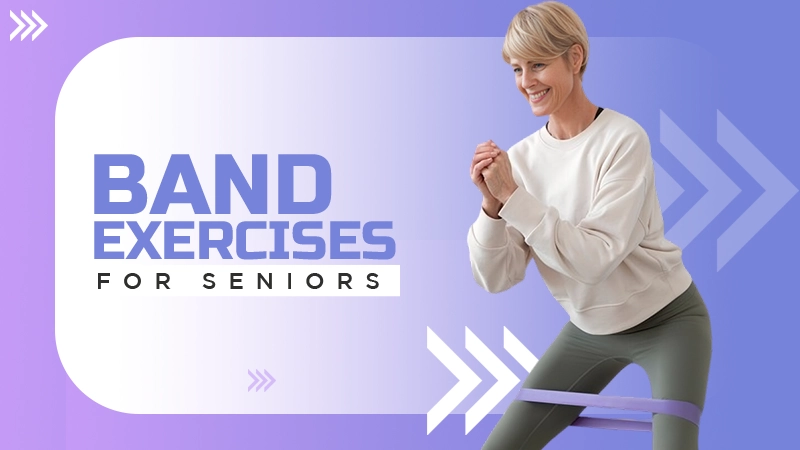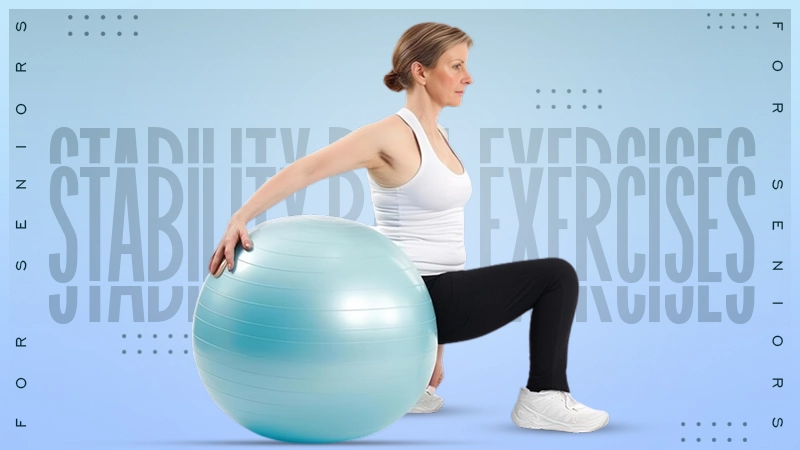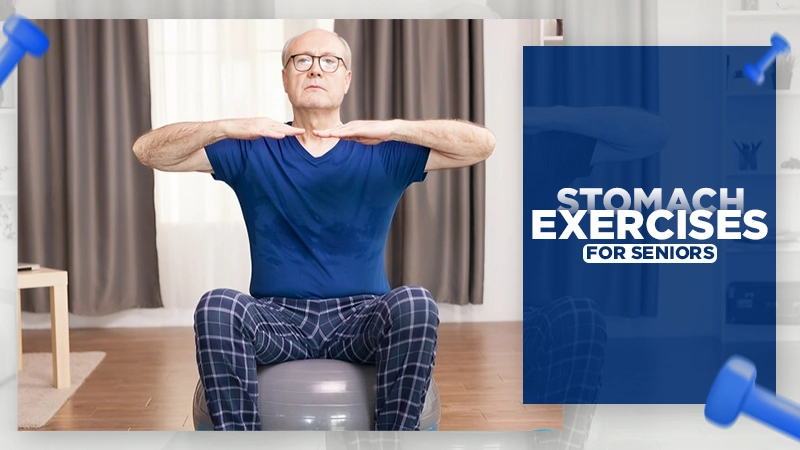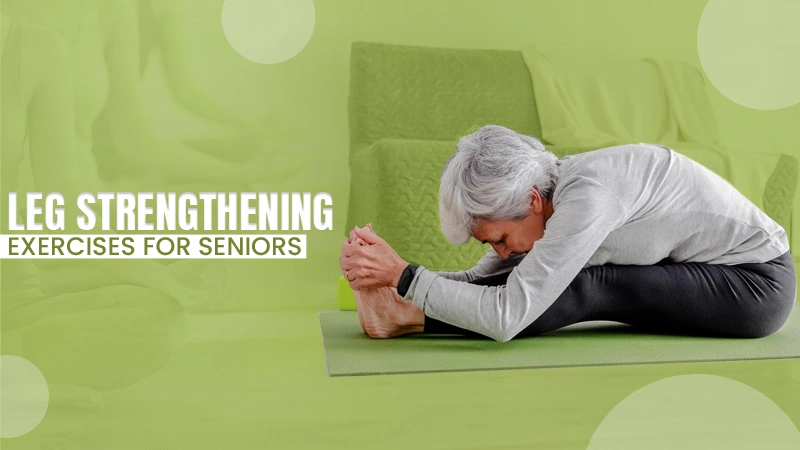It’s never too late to start stretching exercises. Regular stretching for seniors can be beneficial, as it helps improve flexibility, maintain joint health, and enhance overall mobility.
Need Assistance? Call +1 732 485 0413
Healthy Living » Exercise & Fitness
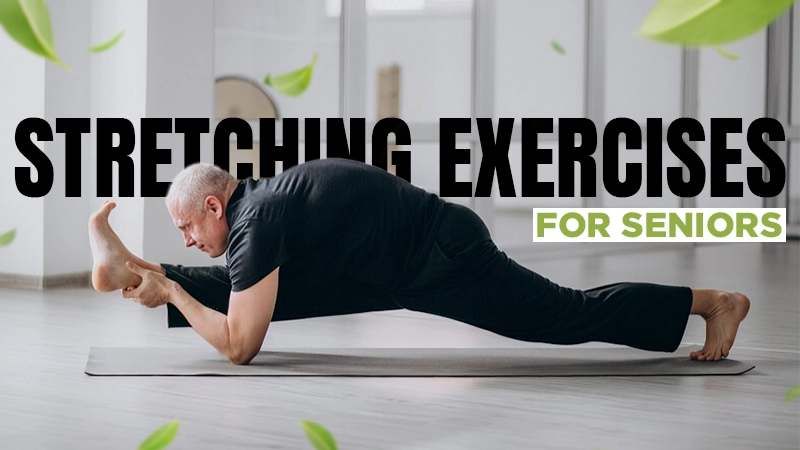
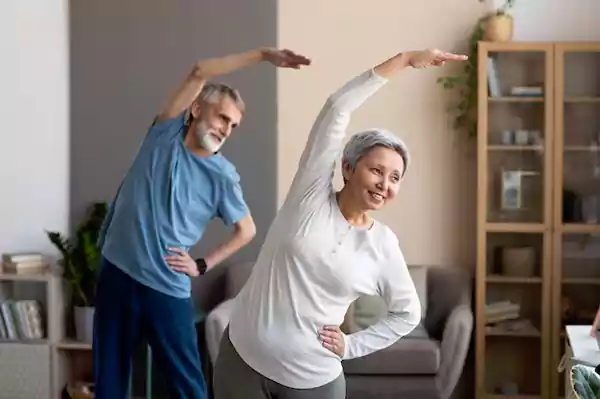
With mobility being the most challenging part of aging, stretching exercises have been recommended as the solution for a long time. As health stands at the top of the priority list in older age, maintaining physical flexibility becomes even more crucial for overall well-being, exercising even moderately can surely make a positive difference.
Poor flexibility, mobility, and coordination are the markers of frailty that increase the chances of injuries and falls, leading to other severe health problems.
According to Int J Environ Res Public Health research, adults above 55 can move their arms and legs 6 degrees less than a healthy young adult. By performing the simple stretching exercises below, seniors can move more flexibly and without any pain. Also, they will be able to tie their shoes effortlessly!
Read further to learn more about gentle stretching for seniors and tips to follow.
Two primary types of stretches, static and dynamic, offer distinct benefits and are strategically employed based on the specific goals of an exercise routine.
Static stretches involve holding a position for longer, typically between 15 and 60 seconds. These stretches target specific muscles and gradually increase their length, increasing flexibility.
Static stretching exercises for seniors or adults are often recommended during the cool-down phase of a workout, as they help to relax muscles and improve overall flexibility. Static stretches are also recommended by health professionals during the rehabilitation period post-injury or physical trauma. Some examples of static stretches are calf raises, shoulder stretches, or hamstring stretches.
Dynamic stretches, on the other hand, involve controlled, active movements that mimic the range of motion required during a workout or activity. These stretches are typically performed dynamically and rhythmically, engaging multiple muscles together.
Dynamic stretching can be best done during warm-ups to increase blood flow and improve joint mobility. Some examples of Dynamic Stretches are leg swings, jumping jacks, or spot running.

Stretching is like a meditation for muscles to keep them active and free of lactic acid accumulation. Just like stress does to the brain, the acid does to your muscles, pain!
Stretches for seniors provide muscle flexibility and pain-free joints. Without regular stretching, muscles tend to shorten and get tight, reaping seeds for bigger problems in the later stages of life.
For example, long hours on a chair can tighten your hamstrings and lower back muscles. Moreover, it puts stress on your neck if you have been using the device for very long.
When you get up from the chair, you will notice the pain in joints in your back, and neck at times. All of these can be prevented if we get up at regular intervals to take small breaks.
Not only this according to a 2020 study, it has also been found that 12 weeks of flexibility exercises for seniors can improve blood flow and heart health. It further reduces arthritis pain. Increases blood flow, and improves body posture in seniors eventually reducing the risk of injuries and falls.
Just as there are different exercises for different types of goals, there are stretches for seniors with different body issues.
In addition, stretching can also be done pre-workout, post-workout, or just when you feel like it! No compulsion, it comes with a no-disclaimer tag to it.
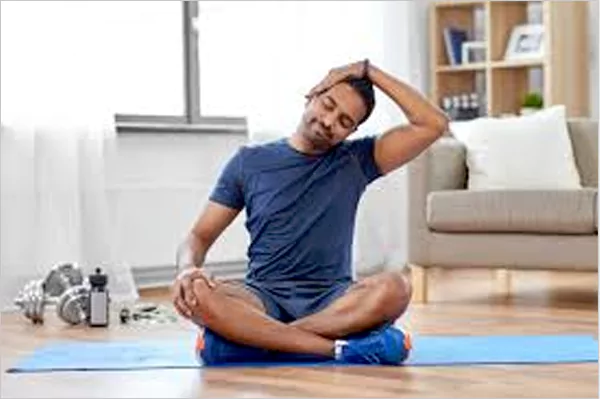
Neck stretch exercises for seniors can be a part of one of the morning stretches that involve gentle movements to relieve tension in the neck muscles.
This gentle stretching for seniors can reduce stiffness, alleviating neck pain or any neck muscle sprint that may occur occasionally during sleep.
Steps to perform neck stretch:
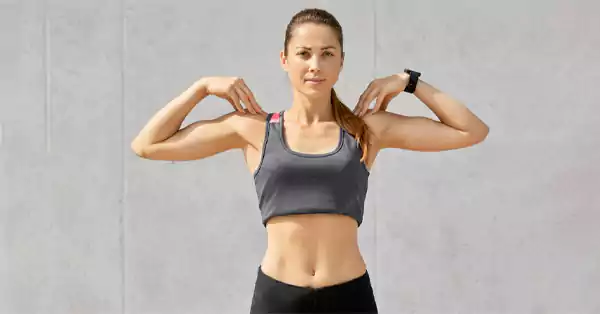
This is a dynamic stretching exercise that targets your shoulder blades. Shoulder rotations will relieve pressure on the upper body and enhance shoulder mobility.
Shoulder rotations are one of the best stretching exercises for seniors with frozen shoulders. It may also prevent shoulder stiffness during the winter.
Steps to perform shoulder rotations:

This stretch exercise for seniors is particularly helpful for improving posture, reducing tension in the chest muscles, and enhancing overall upper body mobility.
Steps to perform chest stretch:
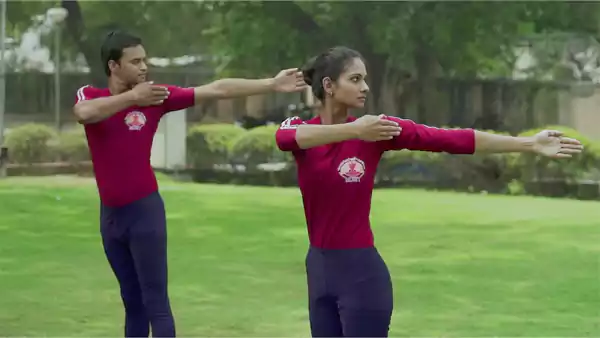
Half waist twists, also known as Ardh kattichalan in Sanskrit involve rotational movement of the upper body, helping to relieve tension in the waist and lower back.
This is one of the mobility exercises for seniors, particularly beneficial for enhancing spinal mobility, reducing stiffness, and improving overall core strength.
Steps to perform half waist twists:
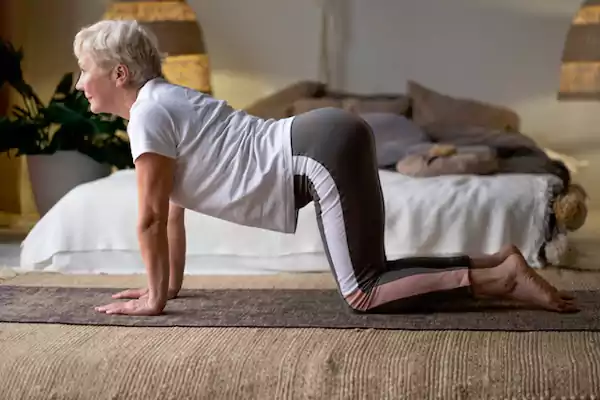
Cat-Cow Stretch for seniors is one of the best dynamic stretching exercises for the elderly with back issues.
It relaxes the entire upper body, aligns the spine, gives a subtle massage to the abdominal organs, and may remove any stiffness or mobility issues.
Steps to perform Cat-Cow Stretch:

Calf raise is one of those stretching exercises for seniors who face issues with lower body strength and stability.
Static calf raises will provide a gentle stretch to the calf muscles, and improve ankle stability and overall confidence when doing simple activities like just walking!
Steps to perform Calf Stretch:
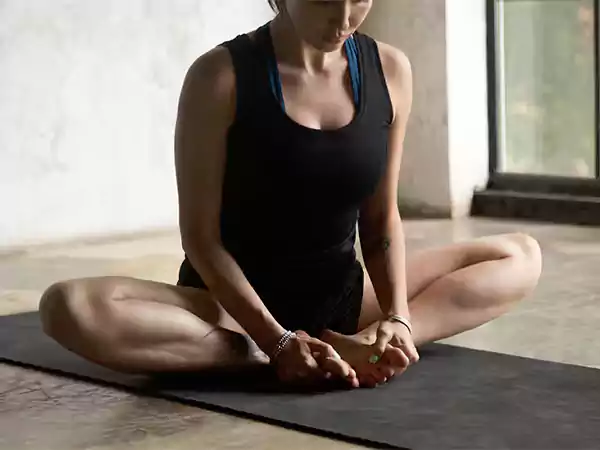
This might be the most difficult stretching exercise, after all, no pain, no gain. This is a yoga pose called Baddha Konasana in Sanskrit that encourages an upright and aligned spine, strengthens hip muscles, and promotes digestion too.
It has a myriad of health benefits, apart from just providing muscle relaxation.
Steps to perform Butterfly Pose:
Seniors should do stretching exercises as frequently as possible. However, it is recommended to do the above gentle stretches for at least 10 minutes a day to begin with.
You may perform flexibility exercises in between the workouts while running or as morning warm-ups.
Embracing a routine of stretching exercises for seniors is an investment in more than just its current benefits. As a person ages, maintaining flexibility and mobility becomes a challenge. The above are the seven best stretches for seniors to promote joint health and stress reduction.
Research also supports Stretch’s positive impacts that go beyond promoting mobility. Gentle but consistent exercises may help with arthritic pain, frozen shoulders, and cardiovascular health.
But, consistency is crucial, along with tips to ensure safety.
It’s never too late to start stretching exercises. Regular stretching for seniors can be beneficial, as it helps improve flexibility, maintain joint health, and enhance overall mobility.
Incorporating stretching exercises into your routine at least 2-3 times a week can still yield positive results.
According to studies, muscles and joints are tightest in the morning and relaxed in the evening. Hence, stretching in the evening will help you achieve a deeper stretch than any other time of the day.
You may start with 10 minutes but can increase upto 30-40 minutes a day, 3-4 times a week.
https://www.ncbi.nlm.nih.gov/pmc/articles/PMC9779245/ by PubMed Central
https://www.ncbi.nlm.nih.gov/pmc/articles/PMC3975999/ by PubMed Central
https://www.sciencedaily.com/releases/2020/07/200702100528. By Science Daily

